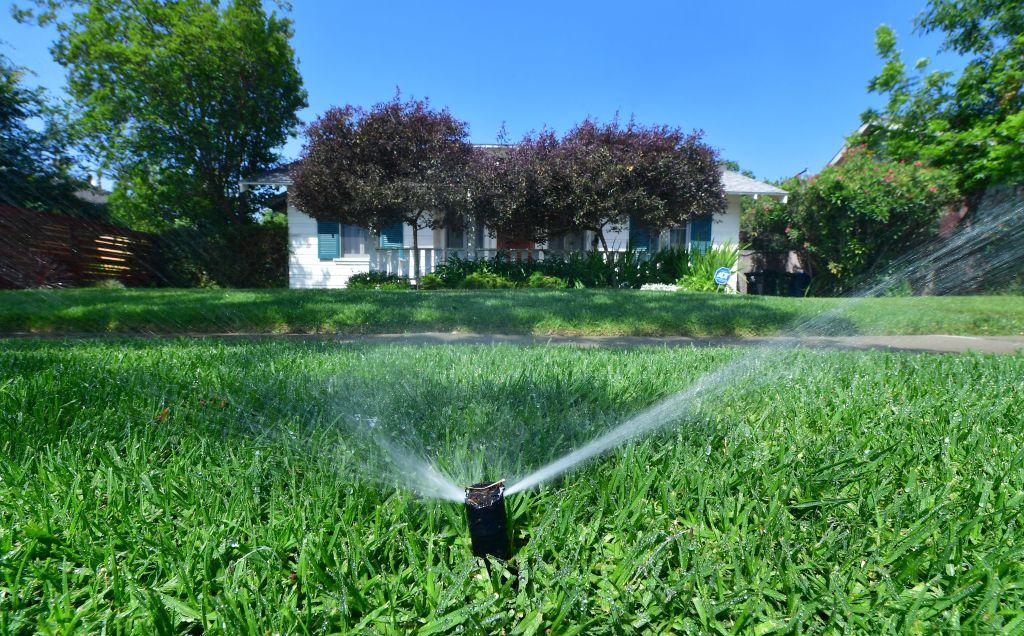LOS ANGELES—State and local moratoriums on evictions in California enacted at the beginning COVID-19 continue to send temblors through the housing market. The state evictions, extended multiple times, expired on June 30. Some local moratoriums have continued.
On Jan. 25, the Los Angeles County Board of Supervisors extended its COVID-19 Tenant Protections Resolution to Dec. 31 (pdf).




